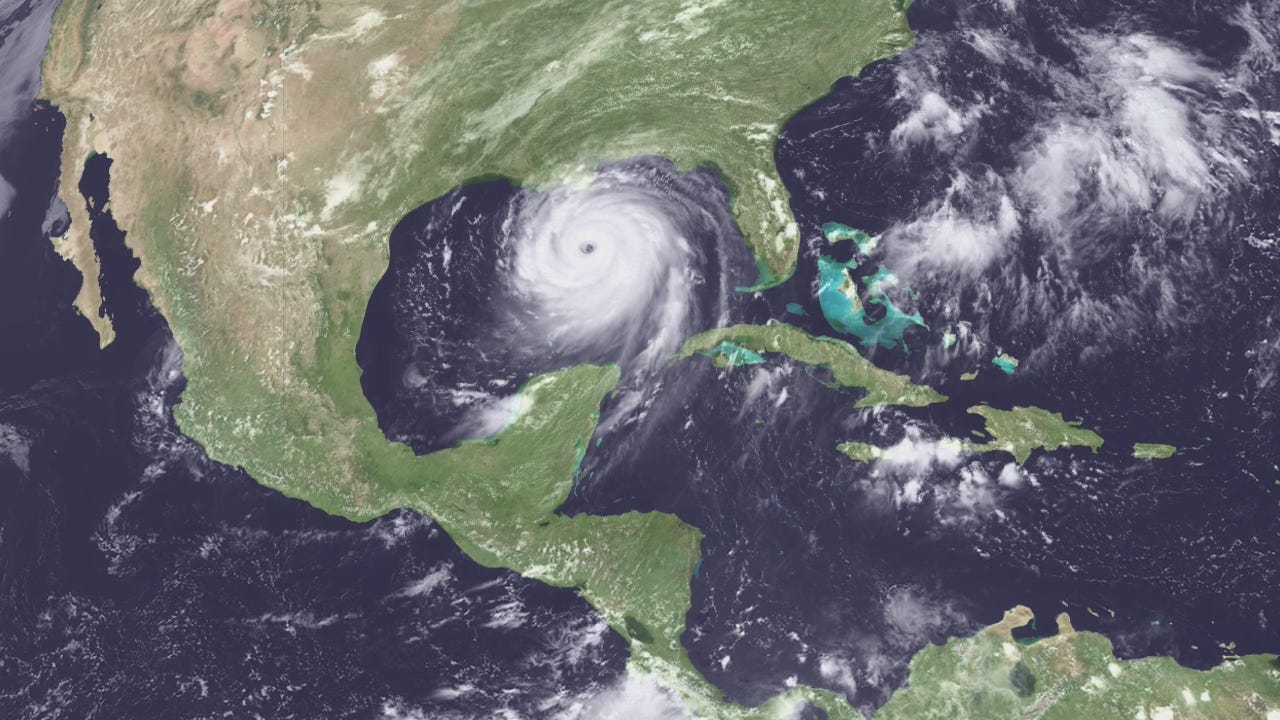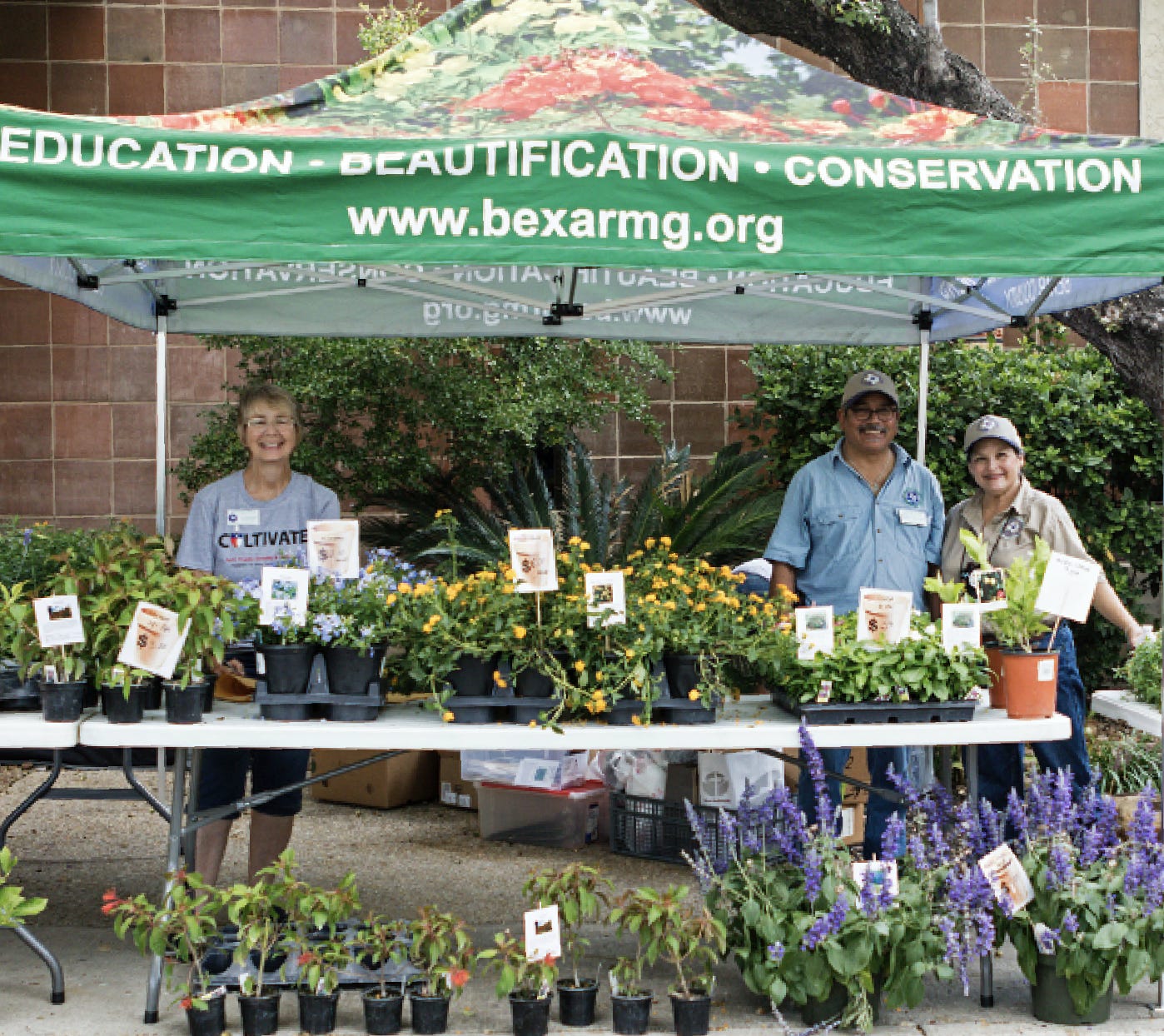Start in your own yard: how can we weather-proof cities from the ground up?
San Antonio and New Orleans are finding new ways to adapt to weather extremes caused by climate change.
In 2005, Hurricane Katrina hit the states of Louisiana and Mississippi, laying waste to 850,000 homes. New Orleans on the Gulf Coast was one of the worst-hit areas, as stormwater burst its flood walls, breaching 80 per cent of the city.
Adapting neighbourhoods in New Orleans
Since then, the exposed region of Gentilly has endured 20 hurricanes and cyclones, leading to a ten per cent population decline in 20 years.
Due to its high levels of poverty, homelessness and inequality, New Orleans was awarded a £107.4M grant from the Department of Housing and Urban Development in 2020, as part of the National Disaster Resilience Competition.
The grant was intended to “make communities stronger and better prepared for future natural disasters”, with Regional Administrator Tammye Treviño stating that “climate change is real, and we must think more seriously about how to plan for it.”
The funds are now being channelled into flood-proofing, to prevent the constant rebuilding of public infrastructure.
It’s thanks to the grant that the Gentilly Resilience District Programme emerged. The first of its kind, it has sought to reduce flooding and adapt the city to its natural environment on both a micro and macro level.
At its core is the Community Adaptation Programme which has overseen several key changes across individual properties: demolishing impermeable surfaces such as concrete slabs and replacing them with limestone or rock chips; employing rain barrels to collect and store rain; planting trees and rain gardens to absorb excess water, and digging infiltration trenches known as “French drains” in yards.
The grant, which targeted residents who earned below 80 per cent of the area’s average income, has so far storm-proofed 135 properties, with 600 households voicing interest.
Additional benefits include a wider tree canopy to protect against heat during dry spells; increased community participation in green issues; and the employment and training of a formerly incarcerated workforce. Plus, with each site capturing 3,500 gallons of stormwater during rainfall, the scheme provides a successful prototype for other urban landscapes vulnerable to severe flooding.
Resilient gardening in San Antonio
Meanwhile, the city of San Antonio in Texas has oscillated between droughts and downpours – extreme weather which has damaged the economic prospects of the city and stifled its growth.
Its overreliance on the Edwards Aquifer – a vast subterranean network of groundwater – has become a cause for concern.
So, in order to safeguard access to a clean water supply in low-income areas, sustainability measures have been put in place to save water amidst rising costs and the mounting environmental pressures posed by climate change.
One such initiative has been led by San Antonio Water Systems (SAWS) as part of a five-year plan supported by the Conservation Department and non-profits. It currently offers incentives to improve water sustainability and financial rebates for low-income households.
SAWS continues to work with garden centres to provide landscape and patioscape coupons which aid the reduction of water use by encouraging households to grow drought-resistant gardens with a range of free plants and tools.
This serves a dual purpose of disincentivising homeowners from growing grass lawns and other non-native plant species that require more water to survive. The utility firm has also partnered with Bexar County Master Gardeners to educate the public on how to grow sustainable gardens and vegetable patches using native and adaptive plants.
Another of SAWS’ innovations has been the rebate programme, whereby taxes on the highest water bills are redistributed into a restricted water conservation fund.
Plus, in order to ensure that the lowest-income household can still afford water, additional discounts have been provided to 34,000 households situated on the federal poverty scale.
As a direct consequence of the above measures, the city saved 1.7B gallons of water in 2020 alone, demonstrating how cooperation between the US’s public utilities, Conservation Department, and non-profits can lead to the successful development of resources for future generations.
Amidst a growing number of freak climate events, San Antonio’s drought management and flood-proofing efforts in New Orleans have applications worldwide, not only through their innovative solutions to climate change but through their capacity to empower communities to address deep-rooted socioeconomic inequalities.
For more information, check out the US Climate Resilience Map.
Al Howard is a staff writer at Ours to Save.







